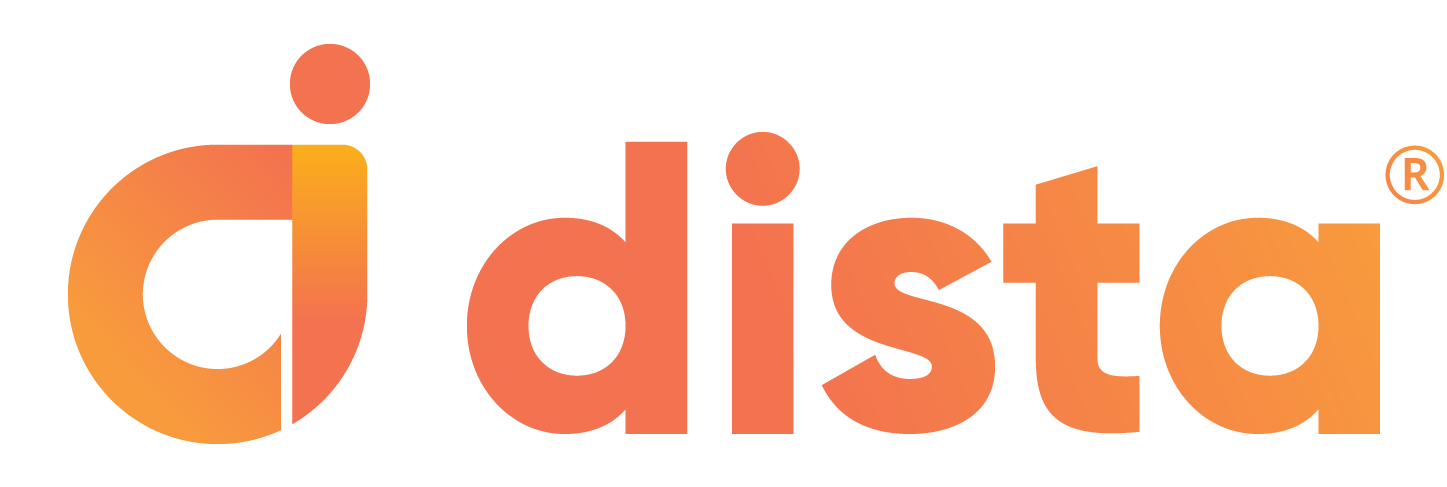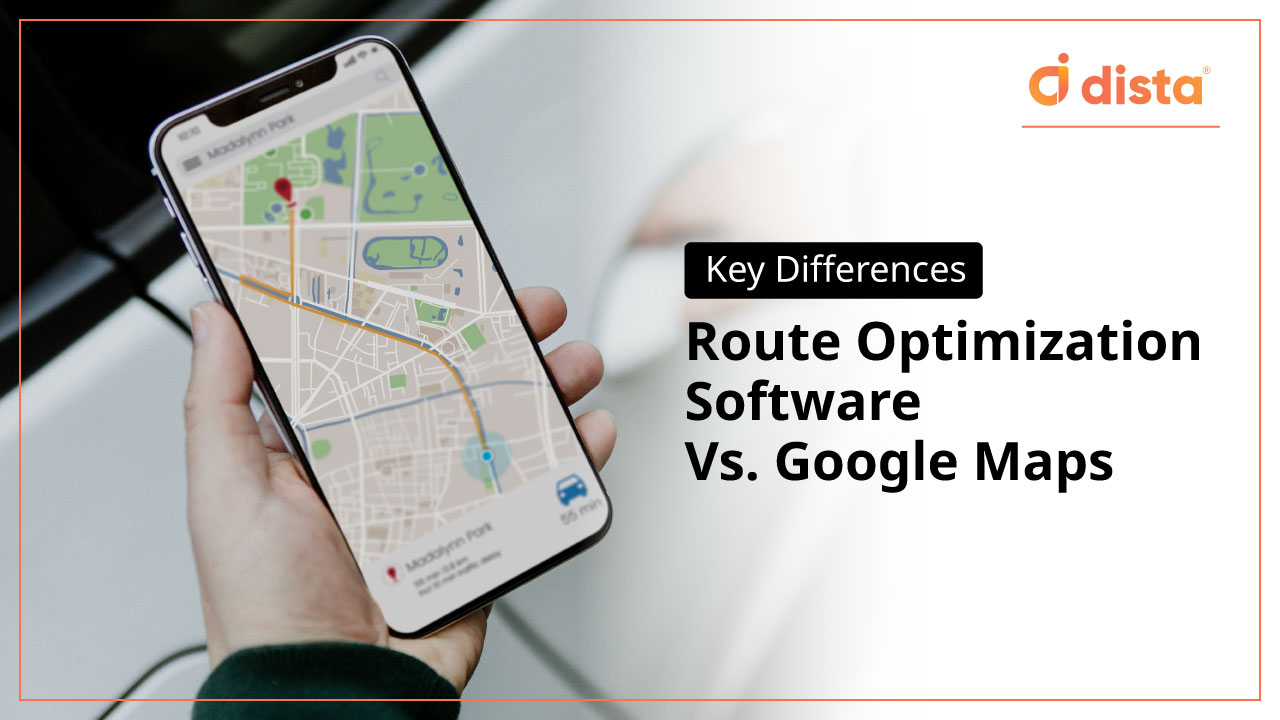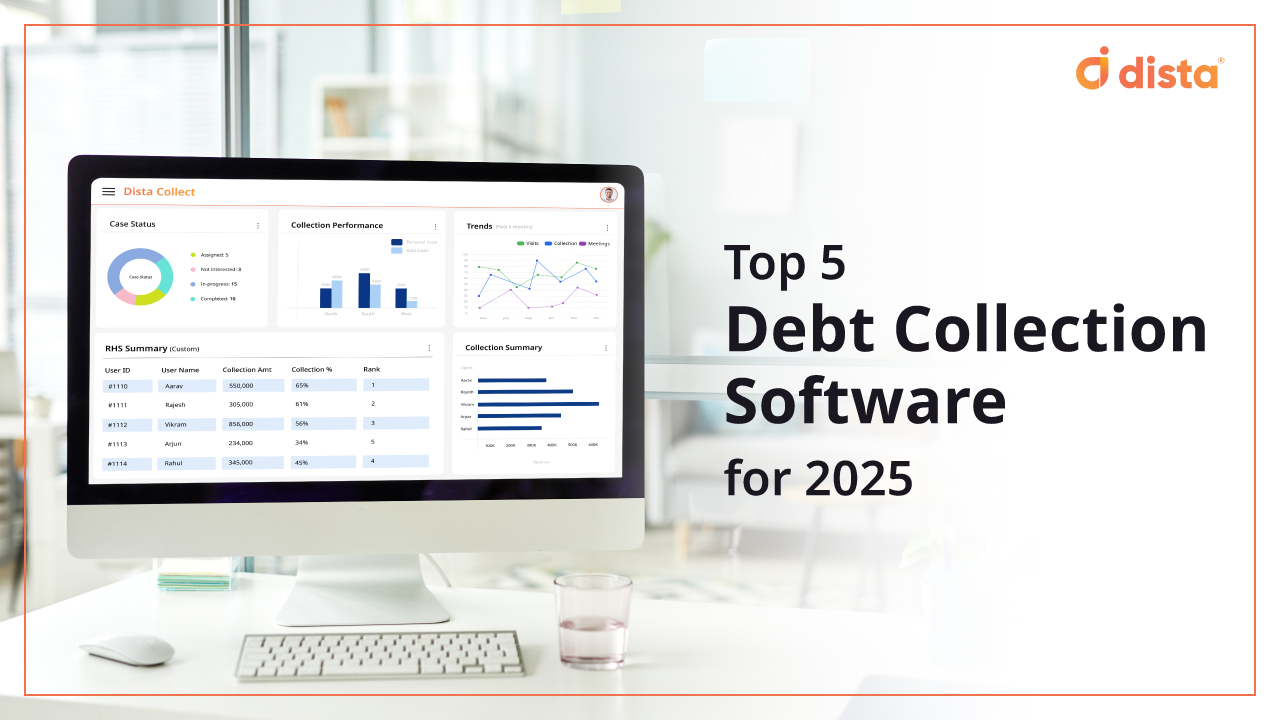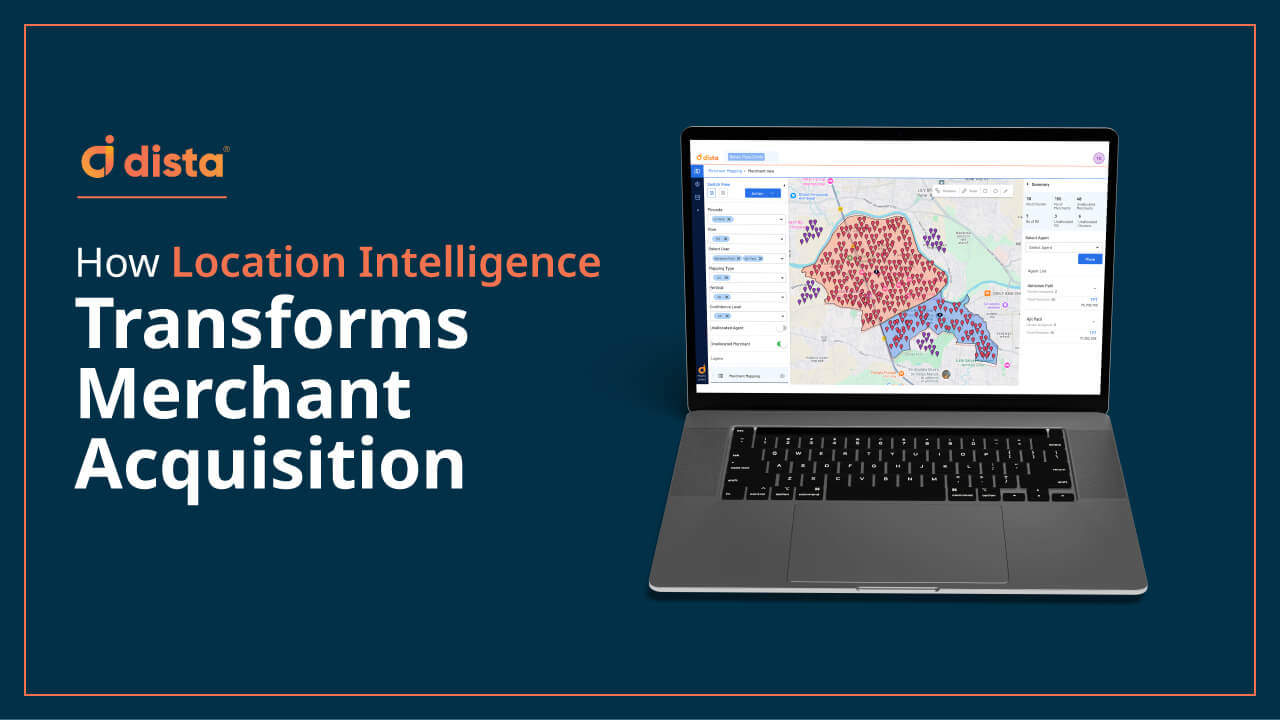Often Google Maps is misunderstood as a route optimization tool. But the two are not the same. It is important to understand that there is an enormous difference between Route Optimization and Google Maps.
We commonly use Google Maps in our daily lives to plan the best route for our commute from one place to another. It is a rather simple use case, which gets complicated when field service efficiency is the question. Here is where route optimization comes into play.
So, What is The Difference Between Google Maps And Route Optimization Software?
Google Maps gets you to the fastest route to move from one destination to another with accurate directions. It does not optimize other imperatives for your business scenarios.
Route Optimization on the other hand is much more aligned to your business needs. Powered by algorithms, the route planning software creates a logic taking into account the multiple stops for multiple drivers as well other business constraints and optimizes the required routes.
Think about a delivery operation with following crucial variables:
- Start/end locations: Do you have one or multiple depots to start from?
- Number of trips per vehicle: Do drivers need to come back to the warehouses to continue their deliveries? Do you have backhauls with supplies?
- Unique vehicle capacity: How much can each delivery vehicle carry? These constraints can affect when and where should your vehicles go.
- Priority of the delivery: Sometimes CRMs tell us that one particular customer is special and so you might want to deliver their item first.
Google maps is a more personal use case whereas route optimization works well in a business context where there is a chain reaction at play. In a way, it works as an efficient planning tool in a complex scenario on the field.
In the delivery ecosystem, an efficient route planner helps to make it easy for field workforce to schedule and complete their deliverables taking into account the whole day action plan with stop order optimization. Using route planning and optimization, the field agents can plan their day according to the various deliveries they need to finish. This can be accomplished efficiently with optimized routes that take into account multiple stops and other factors affecting the delivery business like delivery time window, traffic schedules, vehicle load capacity limit, etc.
How Route Optimization Helps Delivery Workforce?
Route Optimization helps to schedule field operations to sync up with specific business requirements. An efficient route planner can help you optimize routes for multiple stops. Let’s take a look at how a multi-drop route planning software can augment field delivery.
1) Specific Time Windows And Date Ranges
Whether it’s a delivery, repair or inspection, your customers can demand specific time windows for delivery or specific dates/days preference for service activity. With route optimization software, these constraints can be addressed and routes can be optimized to meet such objectives.
2) Specific Driver And Vehicle Constraints
Dealing with multiple drivers and vehicle loads? With route optimization you can actually perform scheduling to suit dynamic orders. You can schedule drivers based on skills, tasks based on any stops required as well as identify which vehicles are empty and can be returned to the warehouse/depot.
3) Order Priority, Task Types And Durations
A particular route may have multiple orders on the same line. Route optimization helps to assigns orders based on their priority. Connected pickups and delivery orders are another area where the route optimization software can be of great use to collect orders at one location and dispatch them on another location.
4) Multi-day And Multi-Week Schedules
If you have time constraints with orders running into days and weeks, the route optimization software can help you schedule complex deliveries. Offering flexibility to complete orders, route optimization helps you overcome any constraints with optimized multi-day and multi-week schedules.
Advantages of Using Route Optimization Software
Studies point out that last mile delivery represents 28% of the cost of transporting an item from the factory to the consumer. Route optimization can reduce the length of routes up to 40%. This brings awesome results – savings in fuel and maintenance costs, more coverage in one shift, plus lower carbon emissions.
Route optimization software provides your delivery team with optimized schedules taking into account both business and customer needs. Maybe you have a huge fleet to manage, or driver shifts to consider or multiple stops to make, all this can be configured with the help of a good route optimization software to drive operational efficiency in your field service.
Here are the additional benefits:
1) Significant Time Savings
Automation is the buzzword here. Route optimization software involves automated planning which is much faster than the cumbersome manual planning process. As a result, this leads to significant time savings and improved focus to do other important tasks.
2) Mileage Savings
Route planning and optimization helps lower your mileage, cutting your fuel and vehicle costs by up to 30%. Using a route planning software you can get optimized routes for multiple destinations.
3) Improved Capacity And Productivity
Efficient routes mean less wastage of time in dealing with traffic and other route issues. This increases your team’s capacity to serve more orders and in turn builds up your customer pipeline.
4) Better Customer Service
Using a route optimization software improves your customer conversion ratio as orders are fulfilled on time with lesser delays. Geo-fencing alerts allow customers to check if the driver is close by and so they can be prepared to receive the delivery. Customers appreciate this kind of transparency. Happier customers build more loyalty, which gives an edge to your business.
Unlike Google Maps, a good route optimization software helps in cutting down your cost per delivery. Poor routes cost more fuel and consume precious time that can be used to achieve more. And this operating profitability is a key metric in business making route optimization particularly important in field service or delivery business.
Save money on the road by automating and optimizing your route planning with Dista. Contact us now!






